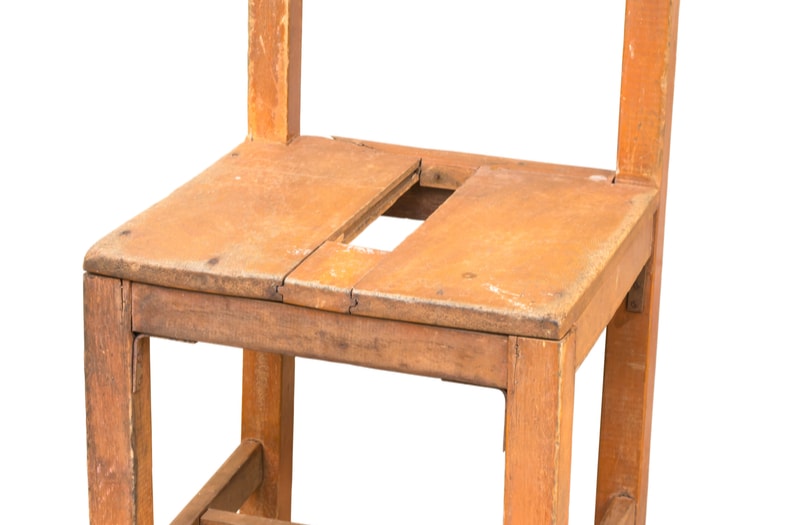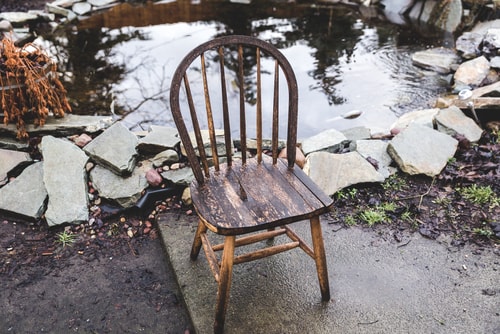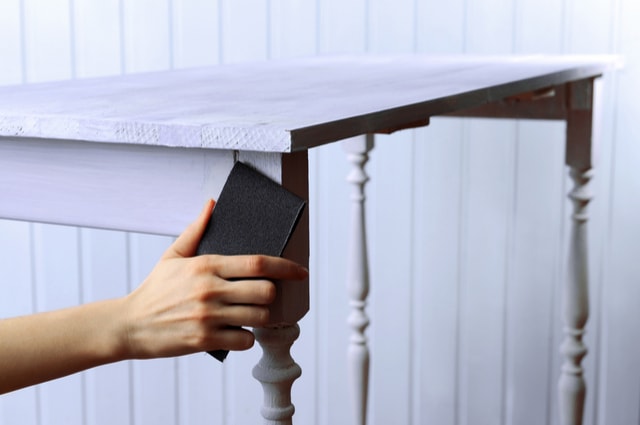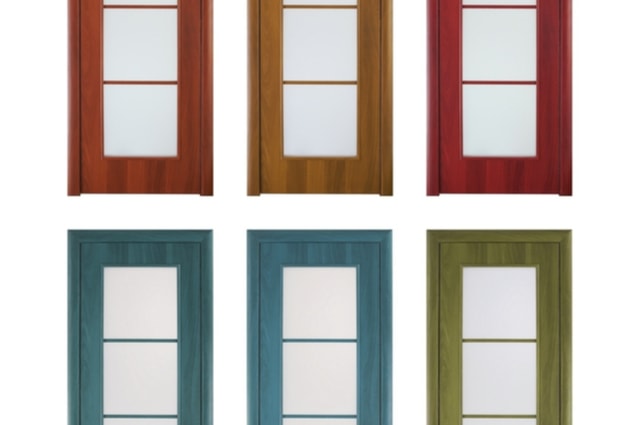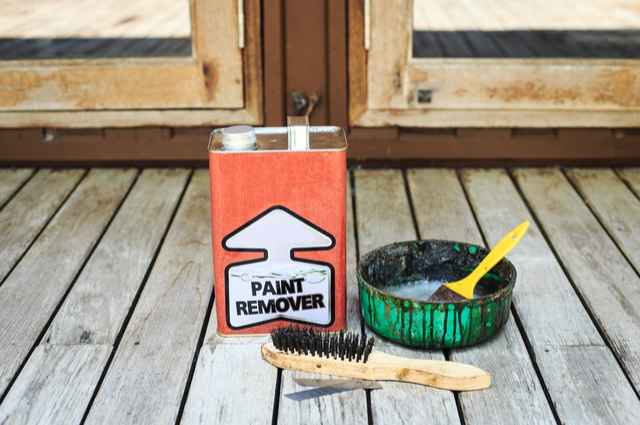There is nothing as frustrating as ruined furniture or old looking furniture. Though most furniture are built to last long and remain in a good state, they are prone to damage. Replacing furniture can be expensive and frustrating. However, with proper care, wood furniture can last a long time and still maintain the new look.
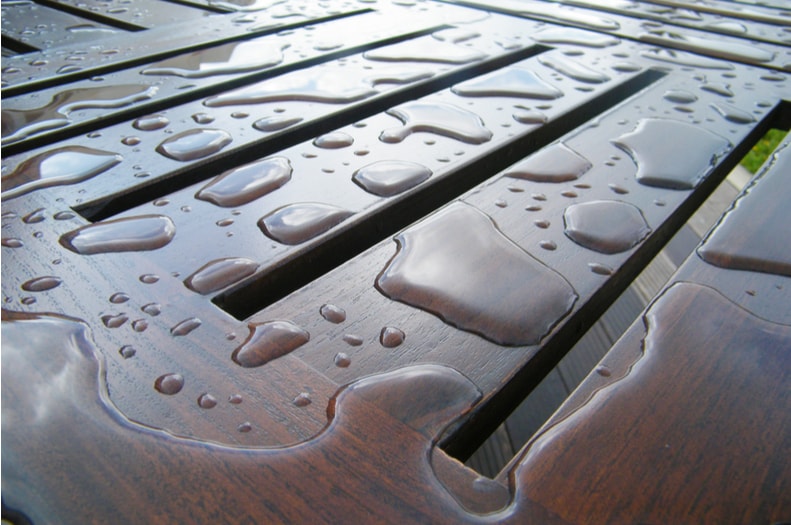
The following information will equip you with all the best tips to protect your wooden furniture.
- Know the conditions of where you reside
This is based on where the owner of the furniture is going to place the furniture. Furniture can be affected by different surroundings. Mostly avoid placing the furniture where there is direct sunlight. If unavoidable, use curtains especially blinds to regulate the sunlight. If you reside in a wet area, it’s advisable you get the water sealant. Water sealants can be used for outdoor furniture too. Also do not place your furniture near any heating or air conditioning as they destroy it as time proceeds.
2. Painting
Painting furniture is among the topmost ways of protecting your furniture. This is because paint reflects UV rays from the sun and keeps the wood beneath from rotting. Latex paint is the best preferred to oil-based paints because it lasts longer and takes less effort to apply. Any time you notice any chipping or fading, repaint the furniture. Remember the key important thing is to choose the right kind of paint and repaint often.
3. Furniture Paint Stripping
This is a process through which paint is removed from furniture, then dried and a finishing service is performed on it. First the furniture is dipped in a hot caustic soda which is a chemical, thereafter it is removed dried until the desired finish is realised. Depending on who offers this furniture paint stripping service, they might carry out any necessary repairs on the furniture. The finishing may be done using oil or wax depending on the choice of the customer. This whole process gives an almost new look.
4. Cover your furniture
There is a wide range of covers for your furniture, but patio furniture covers are the best because they can protect furniture from the weather and other harmful features. Although covers best protect outdoor furniture, you can also purchase some for the indoor furniture. When choosing these covers, ensure to pick the right sizes and shape according to your furniture.
5. Additional tips to expand the lifespan of your furniture
These tips include: dust the furniture often and avoid using a wet cloth, instead use a damp one, when placing hard items on the wooden furniture, remember to use padded feet under the item. Avoid placing bottles with liquids that can spill and ruin the outlook of your furniture, when moving, ensure that all the furniture is safely wrapped and moved carefully to prevent any damages.
Having a professional paint stripping is one of the best actions to take. In need of the best service, look no further, Premium Doors and Furniture provide the best furniture paint stripping services at affordable prices and the customer gets to make their own choices.




